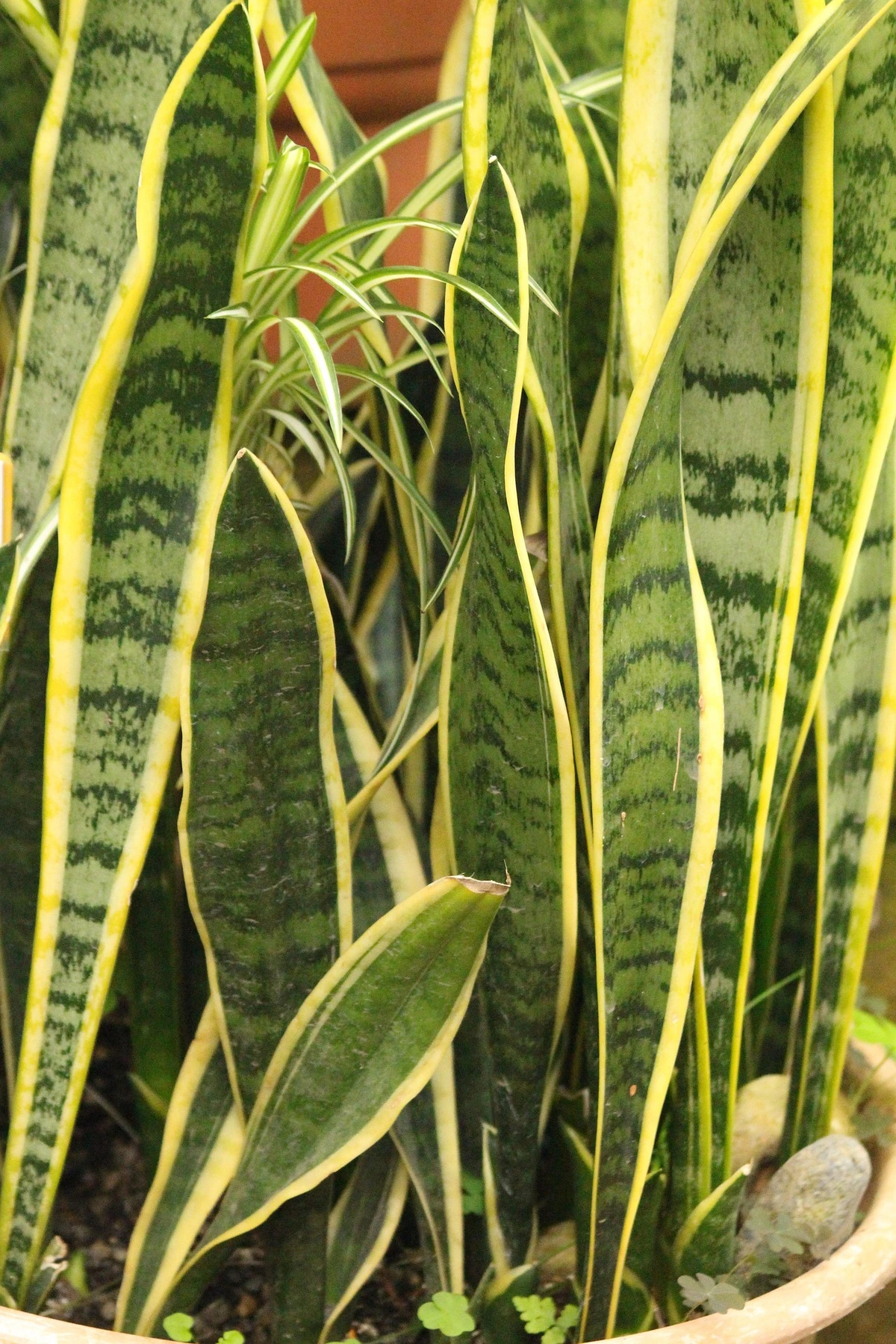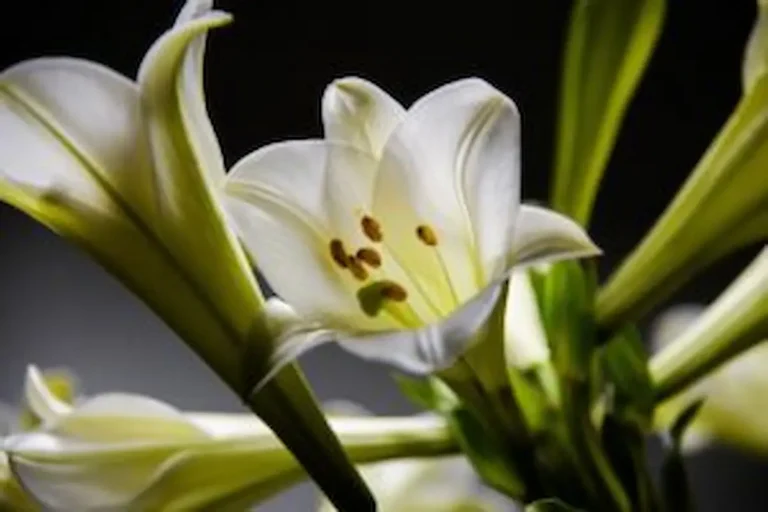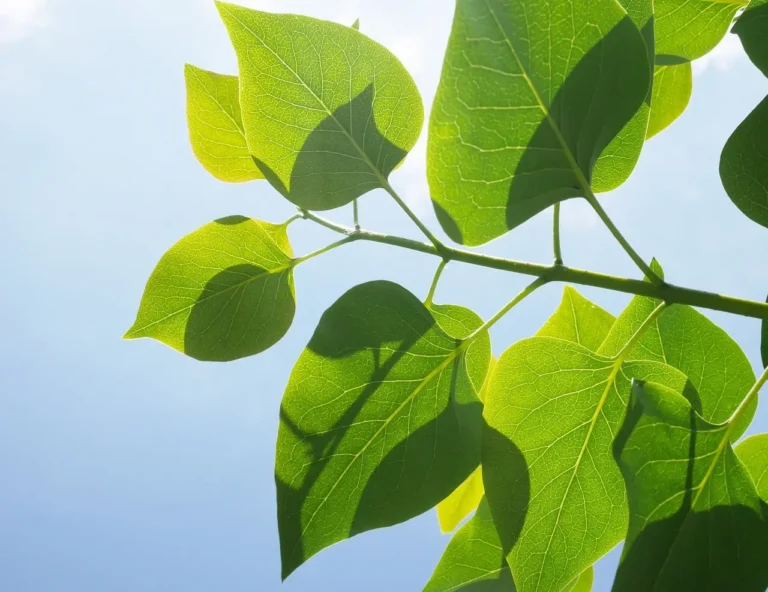Sansevieria, commonly known as snake plant or mother-in-law’s tongue, is a hardy houseplant recognized for its swordlike leaves (it’s part of the family Monocot) and for being relatively low maintenance with a natural resistance to pests.
Originating from West Africa, this sturdy plant tolerates low light and uneven watering and can withstand fluctuating temperatures. It is one of the few plants that really flourish on neglect, which makes it a favorite for beginners as well as busy individuals.
Why Do You Need a Sansevieria?
The Sansevieria is very low-maintenance: the Sansevieria is super low-maintenance. It is perfect for people who don’t remember to water their plants or aren’t the most experienced when it comes to plant care. Water only about every couple of weeks, and it’s good to go.”
Air Purifier: Many houseplants purify indoor air to some extent, but Sansevieria are some of the best. It is great at purifying and removing toxins that come from biological contaminants, such as formaldehyde, benzene, and trichloroethylene, for a cleaner and healthier environment in your home.
🌱Stylish & Modern: The sleek, contemporary appearance of Sansevieria can even make a stuffy room look attractive. It is perfectly suitable to be thrown in with your decor, whether that’s minimalistic, boho, or modern!
It Can Survive Low Light If your house isn’t very sunny, it’s no problem! Sansevieria is great for low-light spaces and can even survive under fluorescent lights in an office or bedroom. It’s the plant to grow in any challenging space.
Taking Care of Your Sansevieria
Even though this plant is hardy, there are a couple of things you can do to help it along:
Light: In low-light situations, it can survive, but growth will be slower in low light. But direct sunlight is not necessary, so don’t worry.
Watering: Overwatering is a major issue. Only water your Sansevieria when the soil around it is bone dry. You might even be able to cut back watering to once a month in winter.
Soil—Well-drained is a must. You could use regular potting soil mixed with a bit of sand or perlite for drainage.
Temperature: Sansevieria is best grown in temperatures between 65° and 90°F. Avoid temperatures below 50°F (10°C).
Fun Facts About Sansevieria
It’s a nocturnal oxygen maker: unlike other plants that produce oxygen during the day via photosynthesis, the Sansevieria plant emits oxygen at night. That makes it the perfect bedroom plant because it will help to clean the air while you sleep.
Hardy but slow to grow: It can go months without needing any care, but don’t expect it to grow very fast. This plant is slow, so don’t worry if it’s not sending out new leaves every week.
Sansevieria Common Problems (Troubleshooting and How to Fix Them)
Although it’s known as nearly unkillable, Sansevieria is not entirely problem-free. Here are a few things to look for:
Yellow Leaves: If your leaves are turning yellow, it’s typically a sign of too much water. Ensure the pot has excellent drainage, and don’t overwater.
Root Rot: If your plants bases are soft and mushy and they have an off smell, they may have root rot. If this occurs, take the plant out of the pot, clip off the roots, and then replant it in fresh soil.
Closing Thoughts: Anybody Can Grow Sansevieria
The Sansevieria is one of those go-to houseplants. Only minimal care is needed, and it does well in low-light conditions with a fashionable, contemporary look for your home. So if you’re plant-curious or a full-fledged leaf lover, this beauty will easily be a part of your life.
So don’t let the myths about caring for one of these beauties scare you off from bringing one home. If you want a hardy, classy and low-maintenance plant, the Sansevieria is a great choice




